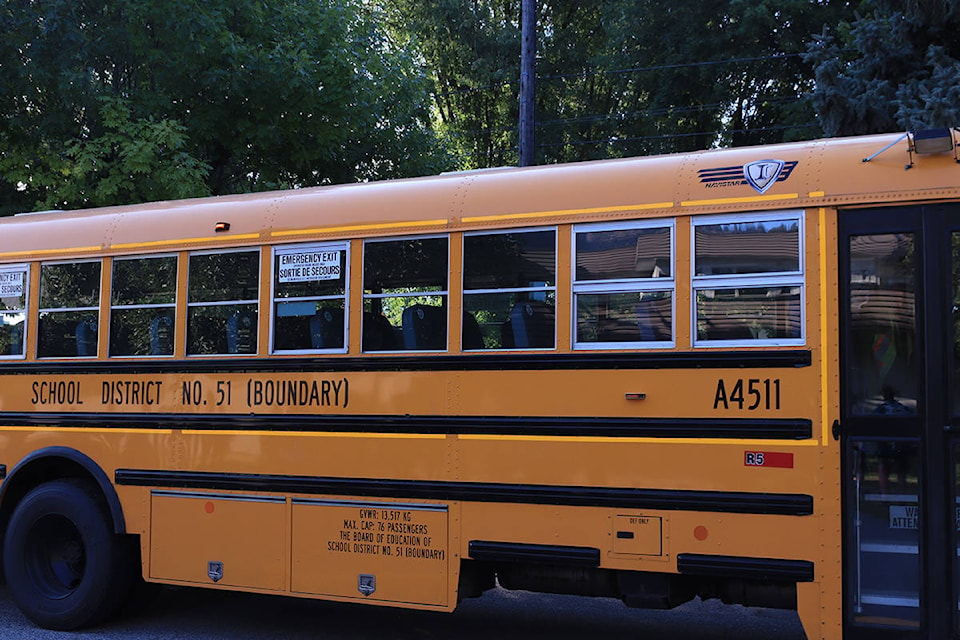Boundary teachers’ union president Norm Sabourin is concerned that the province’s back-to-school plan doesn’t go far enough to prevent COVID transmissions in School District 51 (SD51) classrooms.
There have been no confirmed cases of the virus in area schools since school started two weeks ago, according to Superintendent Ken Minette.
“All of our schools are doing extremely well.”

READ MORE: Boundary students start fall term amid pandemic
READ MORE: ‘Health first’ leads planning for SD51 fall re-opening
Sabourin agrees, but the Boundary District Teachers’ Association (BDTA) head qualified the superintendent’s assessment by pointing out teachers’ chief concerns.
He insisted the cohort model, where Boundary students and teachers attend class in separate groups, is unworkable.
“The idea of a cohort model really doesn’t make sense,” he said.
If the Ministry of Education’s plan was to mitigate COVID transmission by hiving off students during school hours, Sabourin said the design was probably unworkable from the moment Boundary students started spending their free time with friends across different cohorts, grade levels and schools.
“Do cohorts even exist?” he asked.

Sabourin followed his quip with the example of Boundary families headed by parent teachers with elementary and high school-aged children.
“They’d have four or five cohorts living under the same roof,” he said.
“How are those cohorts isolating from one another?” he asked.
Sabourin argued that the ministry’s cohort model goes against some social distancing guidelines suggested by provincial health officer Dr. Bonnie Henry.
“The cohort model is about contact-tracing more than preventing COVID-transmission,” he insisted.
“For the most part, our teachers battle through their COVID anxieties in order to get the job done. But, obviously, there’s a lot of concern on the part of some of our members that SD51 could see community transmission later in the fall.”
Meanwhile, Superintendent Minette said the district is “taking a very hands off approach,” following the Interior Health (IH) agency’s lead in monitoring and tracing any future COVID cases.
In the case of a confirmed or suspected infection or exposure in a district school, Minette said that school administrators would give the agency enough information for IH to speedily warn parents who need to quarantine or isolate potentially exposed children.
Minette stressed that SD51 and Interior Health would uphold the strictest confidentiality and would never release the names of infected or exposed students or staff.
@ltritsch1
laurie.tritschler@grandforksgazette.ca
Like us on Facebook and follow us on Twitter.
